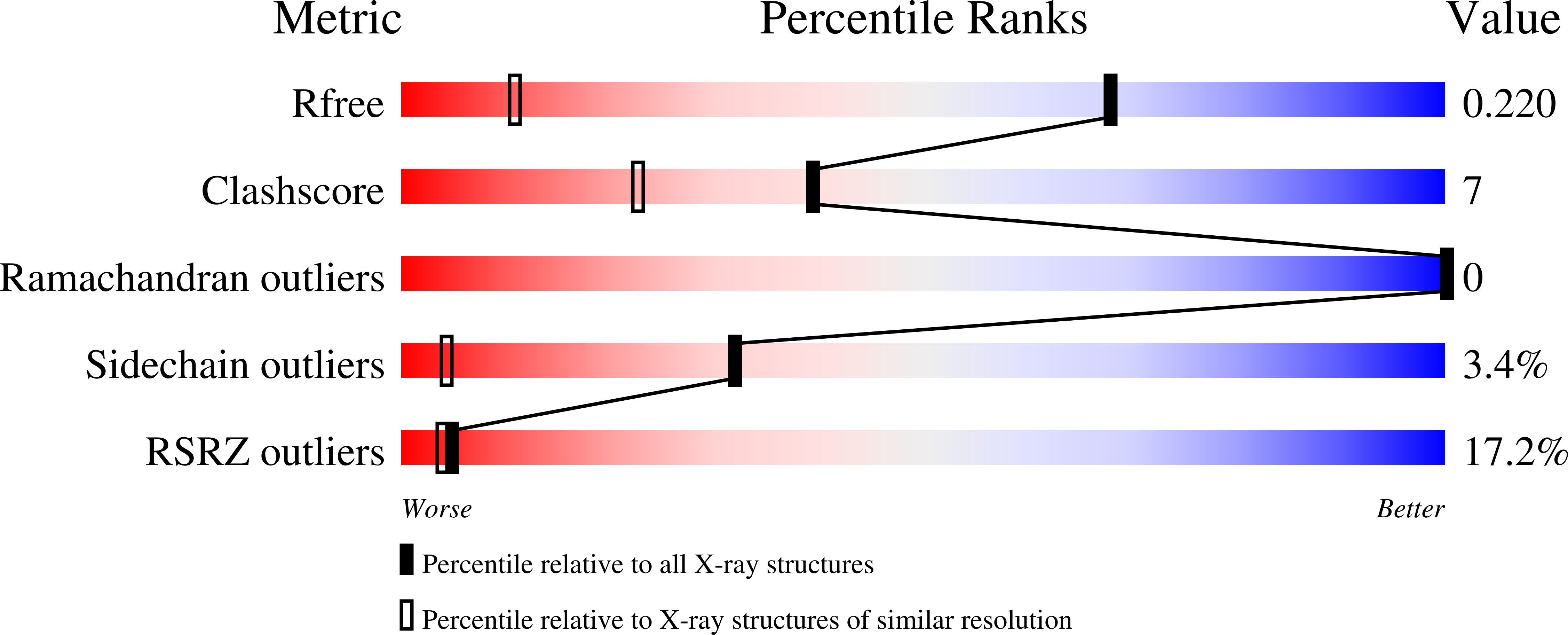
Deposition Date
2024-08-28
Release Date
2025-06-11
Last Version Date
2025-06-11
Entry Detail
PDB ID:
9DDL
Keywords:
Title:
Glutathione transferase sigma class from Taenia solium 1.3
Biological Source:
Source Organism:
Taenia solium (Taxon ID: 6204)
Host Organism:
Method Details:
Experimental Method:
Resolution:
1.30 Å
R-Value Free:
0.22
R-Value Work:
0.18
R-Value Observed:
0.19
Space Group:
C 2 2 21


